Synthes Distal Radius Plate Set
Synthes Distal Radius Plate Set
The Synthes Distal Radius Plate Set is a specialized collection of surgical implants and instruments designed for the fixation of fractures of the distal radius, which is the end part of the radius bone near the wrist. This implant system is widely used in orthopedic and trauma surgery to restore proper anatomical alignment, provide stable fixation, and enable early mobilization of wrist fractures.
Key Features:
- Anatomical Design:
- The plates are contoured to match the natural anatomy of the distal radius, providing a better fit and minimizing soft tissue irritation.
- They often come in various sizes and shapes to accommodate different fracture patterns and patient anatomies.
- Material:
- Typically made from biocompatible materials such as titanium or stainless steel, which offer strength and corrosion resistance.
- These materials are compatible with imaging techniques like MRI and CT scans.
- Locking Screw Technology:
- The plates usually employ locking screw technology, which allows screws to lock into the plate, creating a stable fixed-angle construct.
- This is especially beneficial in osteoporotic bone or comminuted fractures where traditional screw purchase may be poor.
- Compression and Buttressing:
- Some plates allow for controlled compression of the fracture fragments to enhance healing.
- They also act as a buttress, preventing displacement of fragments, especially on the volar (palm side) aspect of the distal radius.
-
Synthes Distal Radius Plate Set
- Instrument Set:
- The plate set includes a comprehensive instrumentation tray facilitating accurate placement. This typically includes drill guides, depth gauges, screwdrivers, and plates with locking and non-locking screws.
- Instruments are designed to streamline surgical workflow and improve precision.
Clinical Applications:
- Treatment of displaced intra-articular and extra-articular distal radius fractures.
- Management of comminuted fractures where multiple fragments are present.
- Fractures with instability or poor bone quality (e.g., osteoporotic patients).
- Cases requiring early wrist motion to prevent stiffness.
Benefits:
- Enhanced fracture stability and alignment lead to improved functional outcomes.
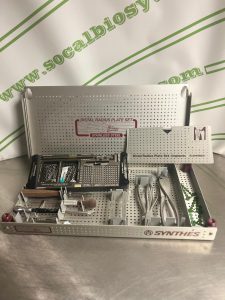
- Early mobilization promotes quicker return to daily activities.
- Minimally invasive techniques are often compatible with the plates, reducing soft tissue damage.
- The modularity of the system allows customization based on individual patient needs.


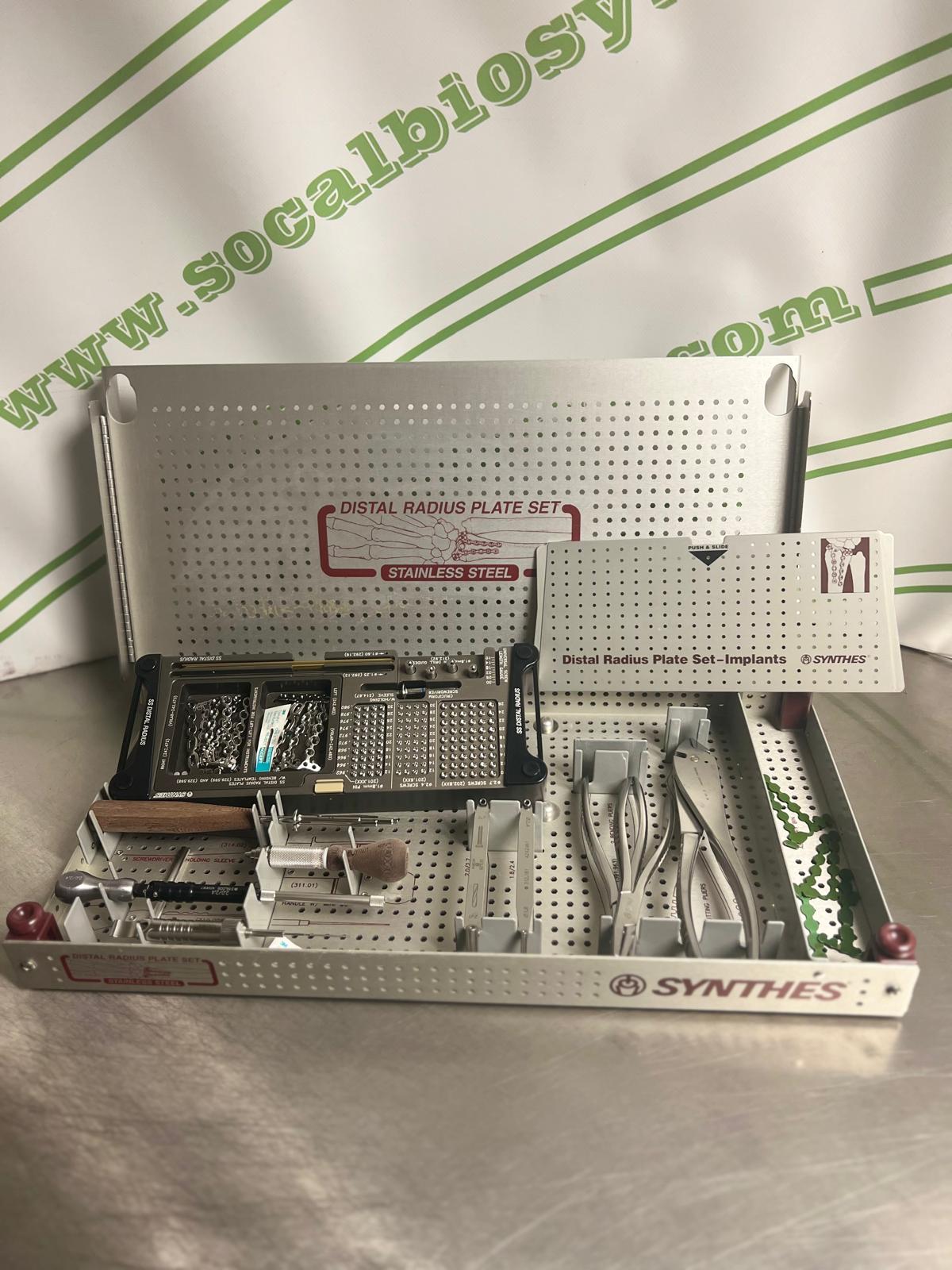

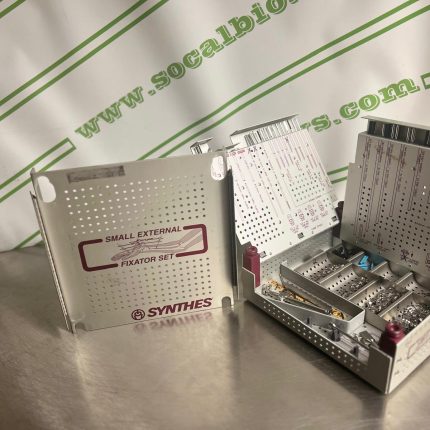

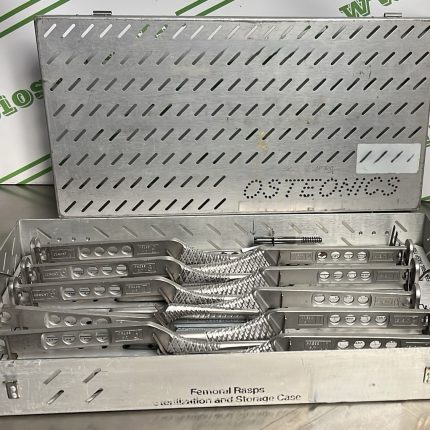

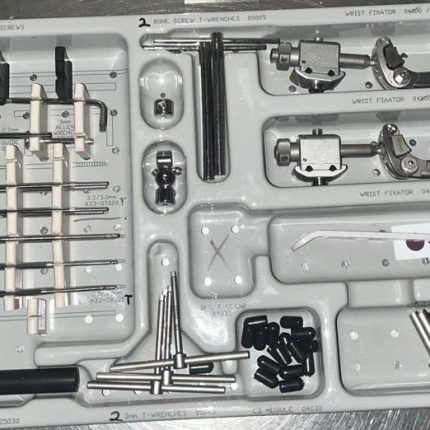
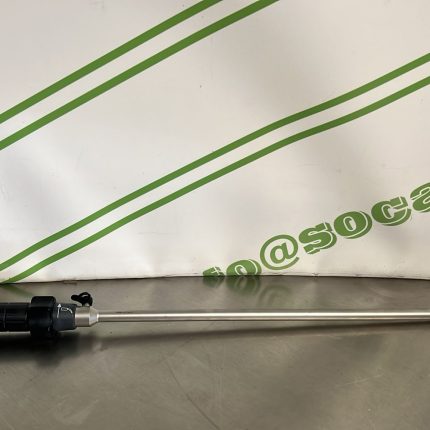


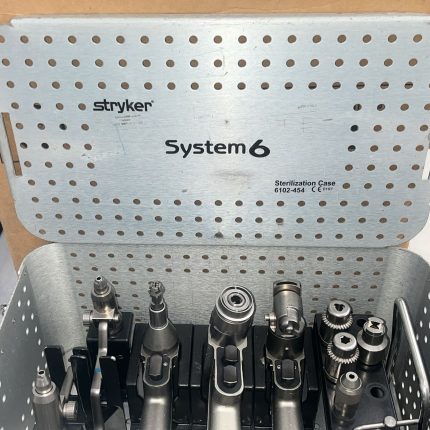
Reviews
There are no reviews yet.